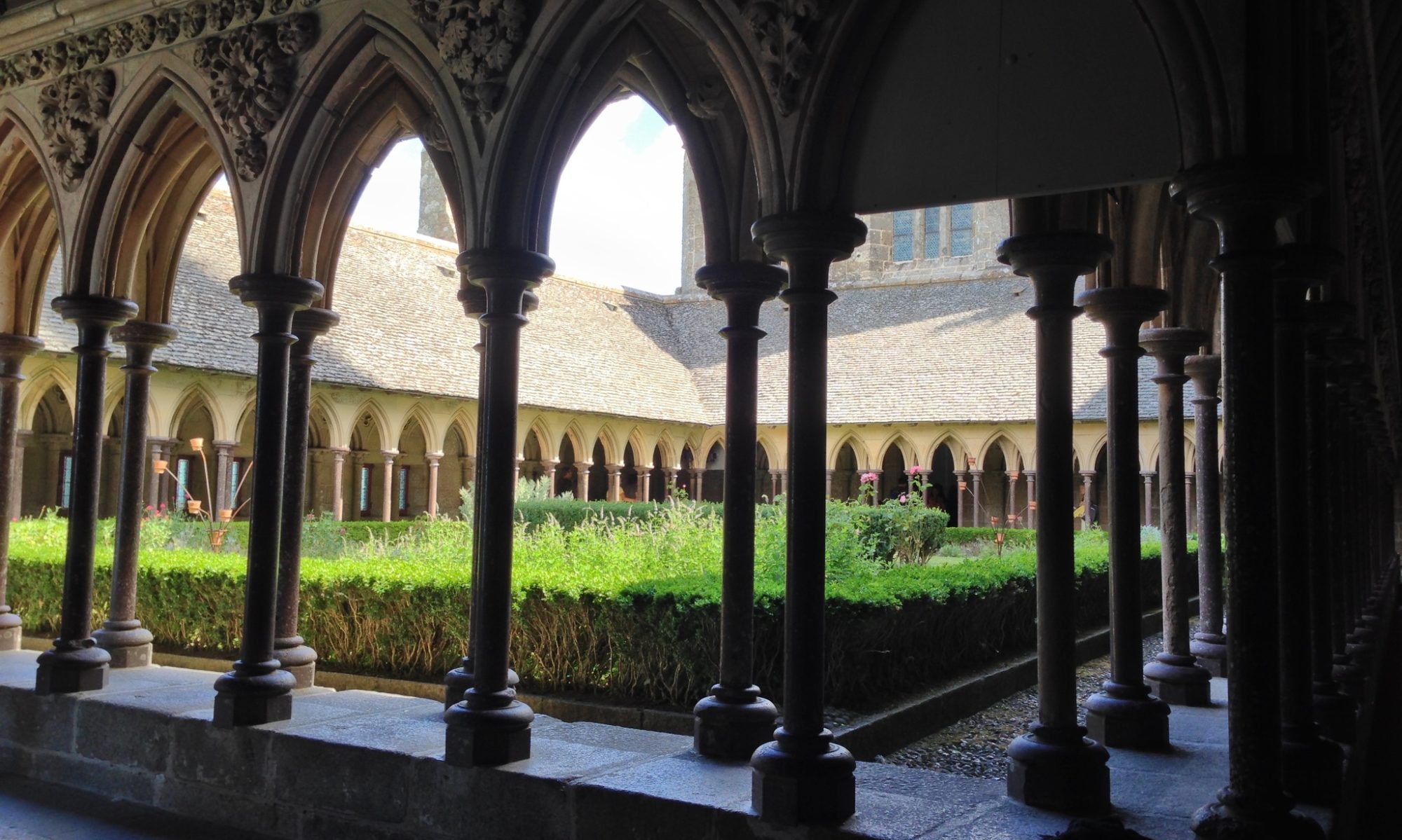What a gentle man. I bumped in to sign-writer Gary Bevans this week, under his masterpiece. In case it’s not clear later, this is post about recognising artistic flair – or not.
In 1987 Gary saw the Sistine chapel, and came back with the idea that he could reproduce it on the very plain curved ceiling of his unassuming pre-fab aircraft-hanger-like local Roman Catholic parish church. The church of the English Martyrs (didn’t spot Ridley or Latimer amongst the depictions on the windows…!) is in Goring, West Worthing.

I must admit that though I had heard of this Sussex rendition of the Vatican, I hadn’t managed to see it before. And, whilst in the mood for admitting things, after first hearing a little about the painting, (I’m sorry to say…) I wasn’t sure about wanting to. After all, wasn’t it “just a copy”? A derivative?

Actually, Gary’s rendition is much more than that. Firstly, the design is very cleverly thought out, as the dimensions and angles of the Sistine Chapel do not exactly measure the curves of the pre-fab English Martyrs. But then, a signwriter has an eye for precision and line.
Secondly, I had been led to believe that the copy was somewhat – er – brash, compared to the original. The original was so much more mellow, after all. Until it’s restoration, of course. Then the brightness of Michaelangelo‘s original colours transpired to have been rather well depicted by Gary.
Then, thirdly, there is Gary’s attention to the original detail. Michaelangelo’s were frescos, painted on wet plaster. That was exactly the method Gary also attempted, initially. However, the existing curved church ceiling really wasn’t going to manage that, so he had to find an alternative method. And yes, acrylics are not what the original artist used; but are perhaps the most effective way of getting close to Michaelangelo’s colours. And the attention to detail went further than copying the average postcard too. Gary used a number of fine art print books ‘some up to £800 worth, and then I had to rip the pages out to copy from, up on the ceiling’.
Fourthly, there is the whole spiritual pilgrimage that this piece represents, for Gary personally obviously, and for the local church community; putting it on the global map, yes, but actually bringing a sense of awe, a sense of the numinous. Making an ordinary place into an extra-ordinary place, a holy place; a ‘thin place’ where people are able to feel the presence of God more intimately.
There were some parallel thoughts behind our plans with the Copthorne Labyrinth as well. And we also had some issues with the arts establishment initially. Our initial requests for arts funding for the sculpture turned down as the project ‘was simply commissioning an artist to produce something already planned, without allowing them any artistic input‘. The implication was that the carefully crafted initial ideas that had grown from within the parish were not from ‘artists’ – they were not produced by a professional artist. If Antony Gormley had the ideas for the Angel of the North, drew up the plans, but got someone with the practical skills to cast metal, we do not consider the the casters-of-iron to be the main artists in the project.

I have previously run up against a type of artistic arrogance or snobbery like this myself, when an arts organsiation that I had been involved with for some time decided to make a clear delineation between what it termed ‘professional artists‘ (a largely self selecting group, supposedly based on primary sources of income) and ‘amateur artists‘. In my ordained career I have been involved in running an arts centre, programme planning. taking a lead in print graphic design, co-ordinating publicity, producing short published written pieces, recording music and video, radio and tv work, story telling, planning vestment design, overseeing intricate architectural designs, etc. A plethora of artistic activities. Yet as I received a stipend for ‘church ministry’ I was deemed an amateur; whilst some of the professionals were simply ‘resting‘ between professional artistic projects.
One final striking point for our group visiting the Goring Sistine chapel this week, was the unexpected meeting with the artist, Gary Bevans, as he happened to pass through the church; shy at by being identified by the guide. It was not just the artistry within the man that has been recognised, as two days previously he had been ordained as permanent deacon in the church. His 5 years of service to the church, ministering with the paint-brush, has now being extended in this new form of servant ministry. Every blessing to him and to those he ministers to, locally, and globally.
